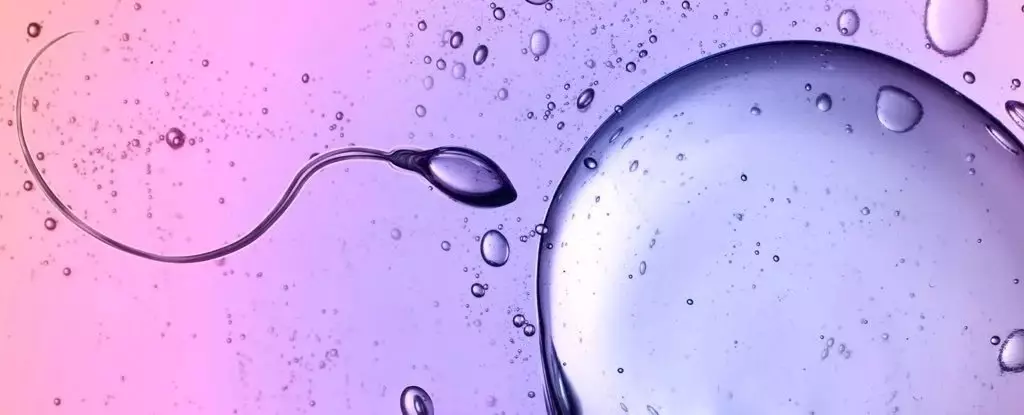In a captivating exploration of the physical properties of microscopic organisms, recent research has shed light on the unique propulsion mechanisms employed by human sperm and single-celled algae, like Chlamydomonas. This study accentuates the peculiarities of their movement through viscous fluids, challenging established principles of physics, particularly Newton’s third law of motion. The work, conducted by a team led by Kenta Ishimoto from Kyoto University, opens up pathways to understand complex biological systems and could inspire innovations in bio-inspired robotics.
Newton’s third law, which states that every action has an equal and opposite reaction, has long governed classical mechanics. This principle creates a clear symmetry in physical interactions—think of two marbles colliding on a flat surface. However, at a microscopic scale, where fluids are thick and conditions are chaotic, these neat symmetries fall apart. Ishimoto and his colleagues have pointed out that human sperm and other microscopic swimmers do not conform to these traditional dynamics, especially when moving through dense fluids. They demonstrate that these biological entities engage in ‘non-reciprocal interactions’ that allow them to navigate these challenging environments with surprising efficiency.
The researchers posit that the fluid environment surrounding these swimmers counteracts their movement in theory, which would lead to considerable resistance. Still, sperm and Chlamydomonas manage to swim effectively despite this. The discrepancy between theoretical expectations and observed behavior invites a closer examination of the unique properties of the flagella—long, whip-like appendages that propel these cells forward.
One key finding of the study is the concept of “odd elasticity.” While typical elastic materials are understood to stretch and contract uniformly, flagella exhibit a different mechanical behavior. Their flexible structures allow them to whip through viscous media without significant energy loss, defying conventional expectations about fluid resistance.
In analyzing both human sperm and Chlamydomonas, the research team identified that the flagella not only act elastically but possess a characteristic that enables them to function in non-traditional ways. The bizarre elasticity propels them in a wave-like motion, constant in their thrust despite the highly viscous surroundings. This novel insight is critical because it highlights a mechanism where energy is conserved, enabling movement even in conditions where sluggishness would usually prevail.
The researchers went further by developing a new theoretical framework termed “odd elastic modulus.” This novel parameter helps explain the internal mechanics governing the flagella’s behaviors and interactions. The investigation utilized mathematical modeling to bridge the observed swimming patterns with underlying physical principles, showing that biological systems can behave in ways that classic laws of motion would not predict.
Such a framework can unravel the complexities of collective behavior in various biological systems beyond sperm and algae. By drawing parallels among different motile entities, researchers can gain insights into the broader implications of non-local interactions in fluid dynamics.
The implications of Ishimoto and his team’s findings extend beyond understanding biology; they hold exciting possibilities for technology. The knowledge gleaned from the mechanics of sperm and algae could inform the design of microrobots and self-assembling materials that mimic natural processes. Engineers could leverage insights on propulsion and movement efficiency to create machines capable of navigating complex environments.
Moreover, the advanced modeling techniques introduced could serve as a foundational tool for exploring how various organisms interact with their fluid environments and one another. This approach supports collective behavior studies—from the flocking of birds to the swarming of microscopic organisms—broadening our collective grasp of both biological and physical phenomena.
Kenta Ishimoto’s work enriches our understanding of motion in viscous environments, revealing nature’s ability to operate outside the bounds of classical physics and inspiring future advancements in multiple scientific domains. This intersection of biology and physical science signifies just how complex and intriguing the microscopic world truly is.


Leave a Reply